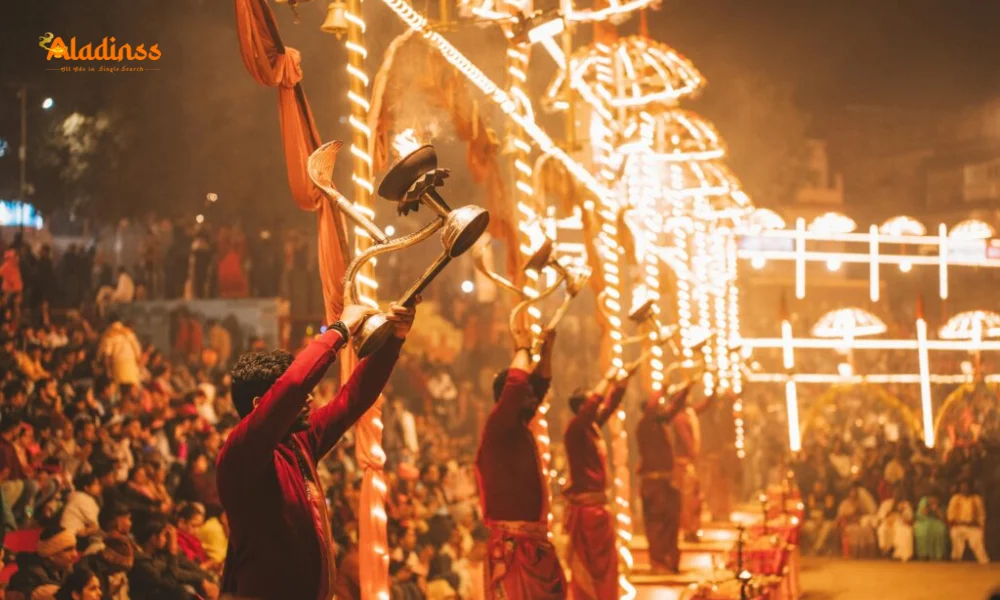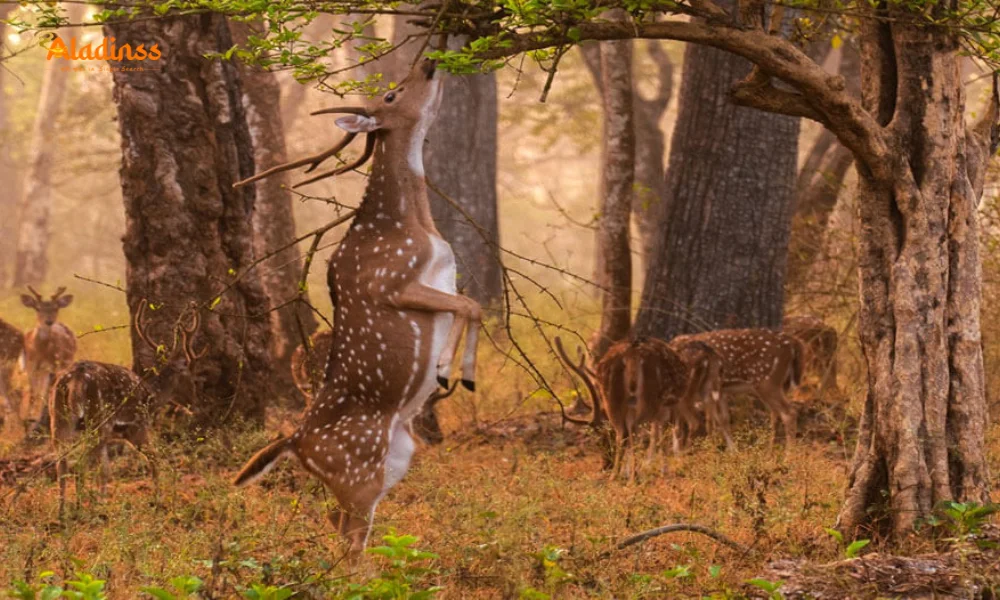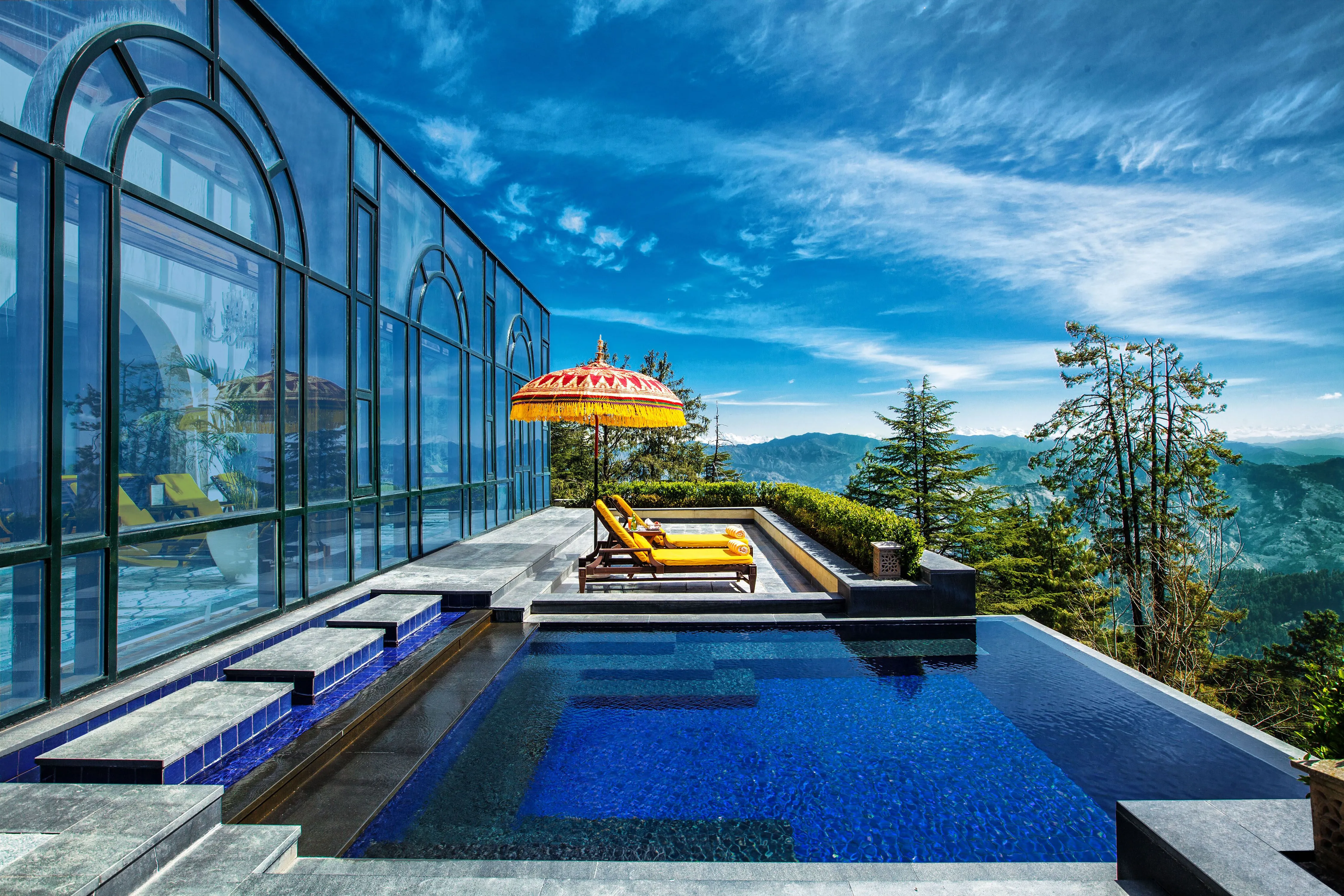5 Hidden Mughal Monuments India 2025 Guide
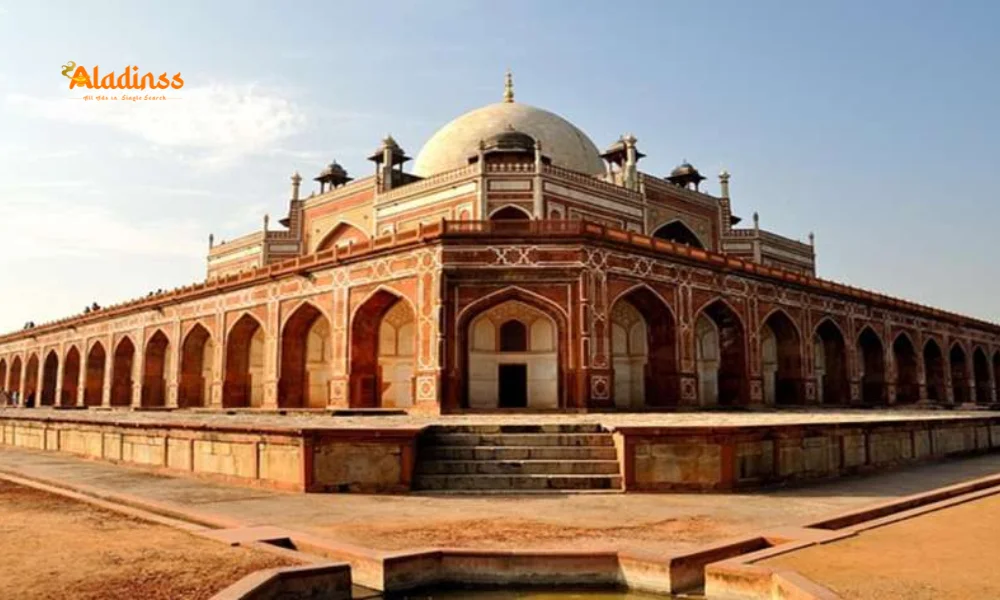
5 Hidden Mughal Monuments in India Beyond Taj Mahal: Stunning Gems for 2025 Explorers
As October 2025 brings crisp autumn breezes to North India and golden sunlight to the south, it's prime time to venture beyond the iconic Taj Mahal, Humayun's Tomb, and Red Fort into lesser-known Mughal monuments that whisper tales of empire and artistry. These architectural wonders, often overshadowed by tourist throngs, offer serene escapes and profound insights into the Mughal era's opulence and innovation. Scattered across Delhi, Agra, Aurangabad, and beyond, they blend Persian grandeur with Indian motifs, standing as ASI-protected treasures ripe for discovery. For history buffs and wanderlust souls, exploring these hidden Mughal monuments in India promises intimate encounters with minarets, gardens, and mausoleums that rival the famous trio in splendor-minus the crowds.
From the "Mini Taj" in Agra to terraced pavilions in Kashmir, these sites embody the Mughals' legacy of symmetry, water features, and intricate inlays. With mild winters ahead, independent visits are feasible, though guided tours enhance context. As India's heritage tourism grows 15% annually, 2025 is ideal to unearth these jewels, fostering appreciation for the empire's 300-year reign that shaped subcontinental aesthetics.
Whether you're a Delhi local seeking weekend jaunts or a traveler plotting a heritage trail, these five Mughal monuments beyond the big three deliver breathtaking beauty and untold stories. Pack comfortable shoes, a camera, and curiosity-your journey into the past awaits.
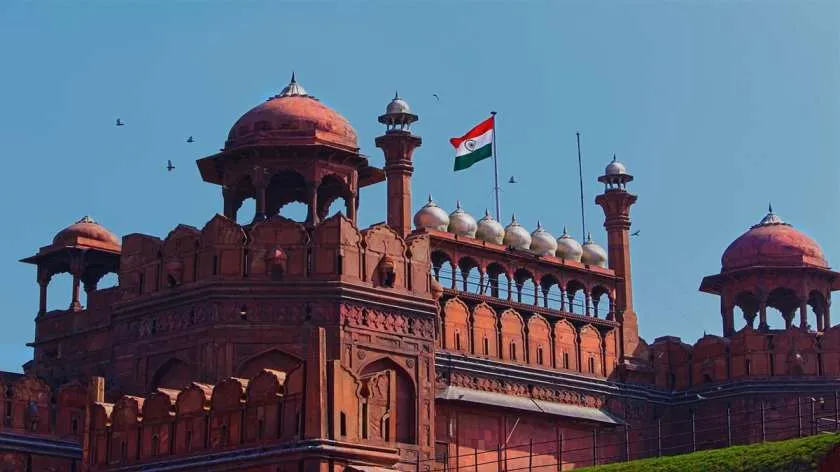
1. Bibi Ka Maqbara: Aurangabad's "Mini Taj" of Serenity
Nestled in Aurangabad, Maharashtra, Bibi Ka Maqbara stands as a poignant tribute to Mughal empress Dilras Banu Begum, wife of Aurangzeb, earning its nickname as the "Taj of the Deccan." Commissioned in 1660 by her son Azam Shah, this white marble mausoleum mirrors the Taj Mahal's charbagh gardens and onion dome but on a more intimate scale, with flanking minarets and arched iwans evoking Persian purity. Unlike Agra's frenzy, Aurangabad's site offers tranquil lawns where peacocks roam, ideal for reflective strolls amid Deccan's mild winters.
The structure's facade gleams with intricate jali screens and Quranic calligraphy, while interiors house a false cenotaph under a crystal chandelier- a subtle nod to Aurangzeb's austere piety contrasting Shah Jahan's extravagance. ASI restoration in 2023 preserved its plasterwork, revealing faded frescoes of floral arabesques. Entry at Rs 30, it's a budget-friendly haven, best visited at dawn when mist veils the dome like a bridal veil.
For explorers, pair it with nearby Ajanta Caves for a full-day heritage immersion, uncovering how Mughal influences seeped into Maratha lands. In 2025's push for offbeat tourism, Bibi Ka Maqbara symbolizes resilient femininity, drawing 2 lakh visitors yearly-yet feeling worlds away from overtouristed icons.
2. Safdarjung Tomb: Delhi's Overlooked Garden of Solitude
Tucked in Delhi's Lodhi Road, Safdarjung Tomb (1754) honors Nawab Safdarjung, Nizam of Awadh, in a sprawling charbagh oasis that's often skipped for Humayun's grandeur next door. Designed by an unknown architect, its sandstone-and-marble edifice features a double dome and canopied chhatris, with facades etched in floral jaali and turquoise tiles evoking late Mughal decline's poignant poetry. Unlike Red Fort's bustle, this site's quiet alleys and lotus ponds invite picnics, where squirrels dart amid unkempt roses-a raw charm absent in manicured Agra.
The mausoleum's interiors, with faded mihrabs and sunken crypt, house Safdarjung and his wife's sarcophagi, illuminated by slanting sunbeams through pierced screens. ASI's 2024 cleanup revived its water channels, mirroring paradise gardens of Quran lore. At Rs 30 entry, it's a steal for Delhiites, reachable via metro (INADelhi gate)-perfect for sunrise yoga when dew clings to cenotaphs.
Symbolizing empire's twilight, Safdarjung's tomb-overshadowed by its neighbor-teaches humility in history. For 2025 travelers, it's a serene counterpoint to chaotic capital life, with 1.5 lakh annual visitors finding solace in its whispered winds.
3. Chini Ka Rauza: Agra's China-Tiled Whisper of Love
In Agra's Etmadpur, Chini Ka Rauza (1622) gleams as Afzal Khan's tribute to his wife, the "Baby Taj" precursor with Persian blue-and-white tiles adorning its octagonal mausoleum like a porcelain vase. Shah Jahan's architect, Ustad Ahmad Lahori, infused it with pietra dura inlays and bulbous domes, but its faience facade-faded yet vivid-sets it apart, depicting tulips and arabesques under Yamuna breezes. Far from Taj's mobs, this site's seclusion lets you trace tile patterns in peace, evoking Safavid Iran's ceramic splendor.
Gardens with fountains and pavilions frame the tomb, where subterranean chambers hold the couple's graves-accessed via spiral stairs for intimate reflection. ASI's 2022 restoration revived 70% tiles, unveiling lost motifs. Rs 30 entry, it's a half-day detour from Taj traps, best at dusk when tiles glow like lanterns.
As a proto-Taj prototype, Chini Ka Rauza reveals Mughal evolution, drawing 80,000 visitors yearly-poets and photographers finding romance in its reflective pools.
4. Itmad-ud-Daulah's Tomb: Agra's Jeweled Precursor to Eternal Love
Agra's Itmad-ud-Daulah Tomb (1622), Nur Jahan's ode to her father Mirza Ghiyas Beg, sparkles as the "Jewel Box"-a marble gem with jali screens and lapis inlays foreshadowing Taj's pietra dura. Jahangir-era craftsmanship shines in its four-minaret pavilion and garden canals, where fountains once danced-now restored by ASI for 2024's Yamuna views. Less crowded than neighbors, it's a hushed haven for sketching arabesques or pondering patronage's power.
Interiors boast painted ceilings with geometric stars, housing cenotaphs under chandelier glow. Rs 30 fee includes audio guides narrating Nur Jahan's rise from exile to empress. Dawn visits capture mist-kissed minarets, ideal for photographers chasing symmetry.
As Mughal art's bridge from Akbar to Shah Jahan, it attracts 1 lakh connoisseurs yearly, whispering of familial bonds amid empire's flux.
5. Pari Mahal: Srinagar's Terraced Pavilion of Fairies
Srinagar's Pari Mahal (1630s), Dara Shikoh's seven-terraced delight atop Takht-e-Sulaiman, enchants as the "Fairy Palace"-a Mughal-Kashmiri fusion of star-shaped pavilions and cascading fountains overlooking Dal Lake. Aurangzeb's brother built it as an observatory for astrology, its arches framing Zabarwan peaks and chinar leaves in autumn blaze. Unlike Delhi's dust, Kashmir's crisp air amplifies serenity, with night skies perfect for stargazing under restored lights.
Gardens bloom with tulips and roses, pathways winding to zenana quarters-echoing Dara's scholarly pursuits. ASI's 2023 upkeep revived tilework, Rs 20 entry rewarding sunset hikes. Pair with Shalimar Bagh for a full Mughal garden trail.
Symbolizing lost liberalism in Mughal fratricide, Pari Mahal draws 2.5 lakh dreamers yearly, a celestial escape in valley's embrace.
Planning Your Mughal Monuments Trail: Tips for 2025 Visits
Crafting a Mughal monuments India itinerary starts with Delhi-Agra-Aurangabad-Srinagar loops, using IRCTC trains for eco-travel. Budget Rs 5,000/day including stays at heritage havelis like Neemrana. ASI apps offer virtual tours for pre-visits; guided walks via INTACH (Rs 500) unveil lore. October's mild clime suits hikes, but pack layers for Kashmir chills.
Sustainability matters: use local guides, avoid plastics, support artisan shops for marble replicas. For families, kid-friendly audio stories engage; solo travelers find reflection in tombs' solitude. With 2025's heritage push, these sites gain VR enhancements-book via Incredible India portals.
These hidden Mughal monuments aren't relics-they're living legacies, inviting you to touch history's pulse in 2025's gentle light.
Comment / Reply From
No comments yet. Be the first to comment!
